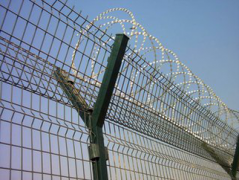An anti-climb fence, also known as a security fence or a high-security fence, is a type of fencing designed to deter and prevent unauthorized access, climbing, and intrusion. It is commonly used in locations that require enhanced security measures, such as prisons, military installations, industrial sites, airports, and high-security facilities. Here are some key features and components of an anti-climb fence:
Height and Structure: Anti-climb fences are typically taller than standard fences to deter climbing attempts. They are often constructed with a height ranging from 6 to 10 feet (1.8 to 3 meters) or even higher. The fence structure can vary, but it commonly consists of vertical bars or mesh panels connected to horizontal rails or beams.
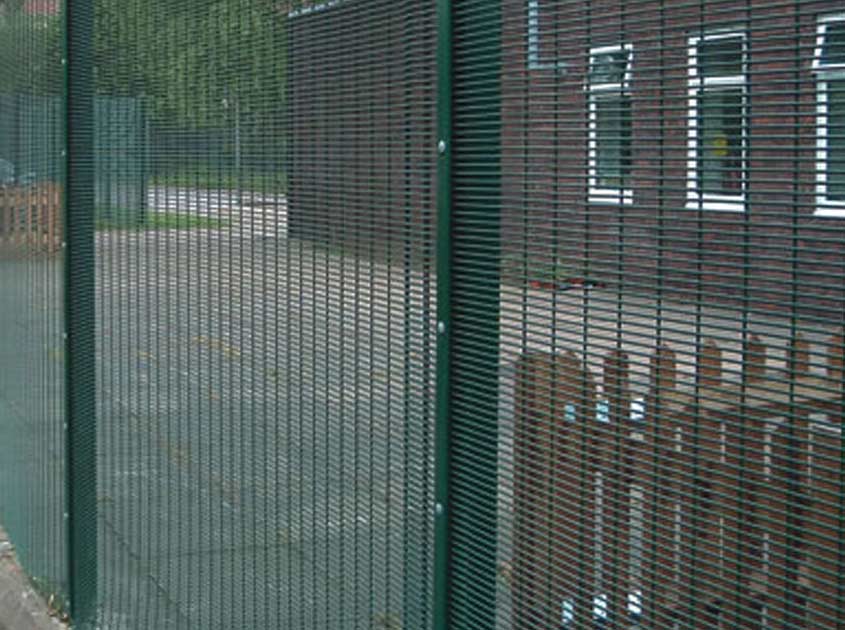
Anti-Climb Design: The design of an anti-climb fence aims to eliminate potential footholds and handholds to discourage climbing. The fence may incorporate closely spaced vertical bars, small mesh openings, or anti-climb toppings such as barbed wire, razor wire, or rotating spikes. These features make it difficult for inpiduals to gain a foothold or grip on the fence.
Strength and Durability: Anti-climb fences are designed to be sturdy and resistant to tampering or damage. They are typically made from robust materials such as steel or aluminum. The fence components are securely connected and reinforced to withstand forces and attempts to breach the barrier.
Visibility and Surveillance: In some cases, anti-climb fences are designed with materials or configurations that provide visibility through the fence. This allows for better surveillance and monitoring of the secured area without compromising security.
Gate and Access Control: An anti-climb fence system often includes access gates that are built to the same high-security standards as the fence. These gates may incorporate additional security features such as automated systems, electronic locks, security cameras, or access control mechanisms to regulate entry and exit points.
Coating and Finishes: Anti-climb fences are often coated or finished to enhance their resistance to corrosion, weathering, and vandalism. Common coatings include galvanization (a zinc coating) or powder coating, which provide added durability and can be customized for aesthetic purposes.
Legal and Regulatory Compliance: Depending on the location and purpose of the anti-climb fence, it may need to comply with local, national, or international regulations and standards. These may include regulations on fence height, materials, visibility, or safety requirements to ensure that the fence meets the necessary security and legal specifications.
Anti-climb fences play a crucial role in enhancing security and preventing unauthorized access. They serve as a deterrent, making it challenging for inpiduals to climb or breach the barrier. The specific design and features of an anti-climb fence can be customized based on the level of security required and the specific needs of the protected area.
Pre:Anti-Climb Fence: Enhancing Security with Effective Deterrence
Next:Anti-climb fence – providing safety and aesthetics to your space

How to Ensure Fencing Products for the South American Market Meet Local Quality Standards
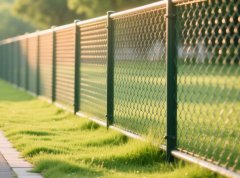
How to Choose the Right Metal Fence Products for the South American Market?
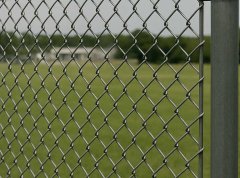
Chain Link Fence – Flexible, Cost-Effective Fencing Solutions for Global Projects
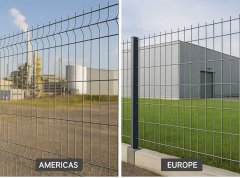
Welded Wire Mesh Fencing – Durable and Efficient Solutions for Global B2B Buyers
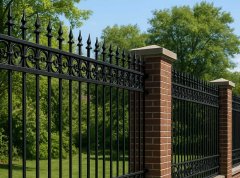
Ornamental Iron Fencing – Elegant, Durable, and Secure Solutions for Modern Projects
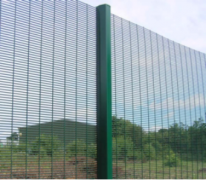
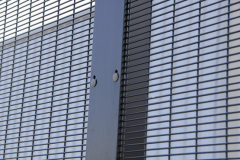
Buy 358 Prison Anti-Climbing Fence You have to know the details
